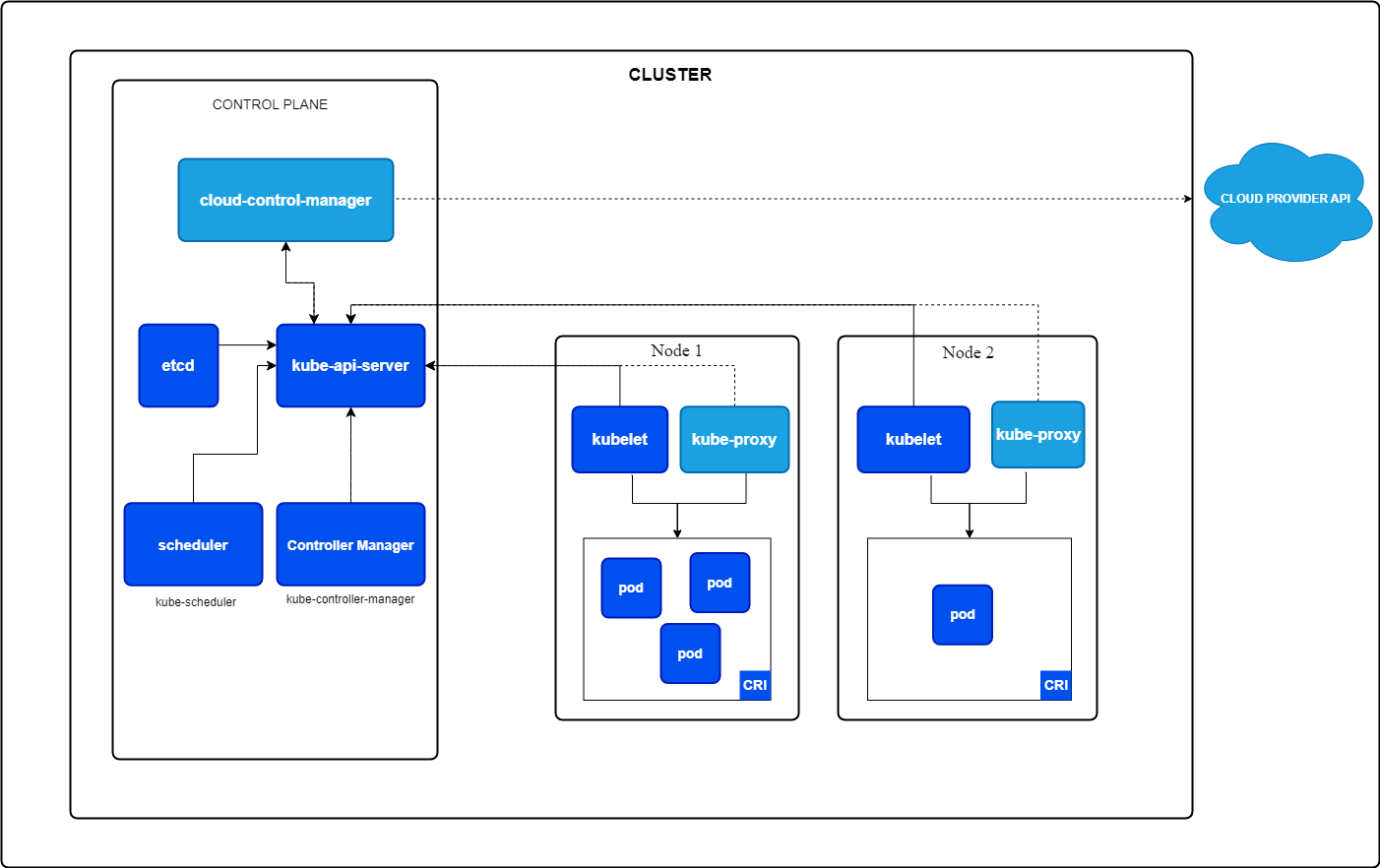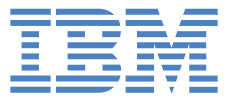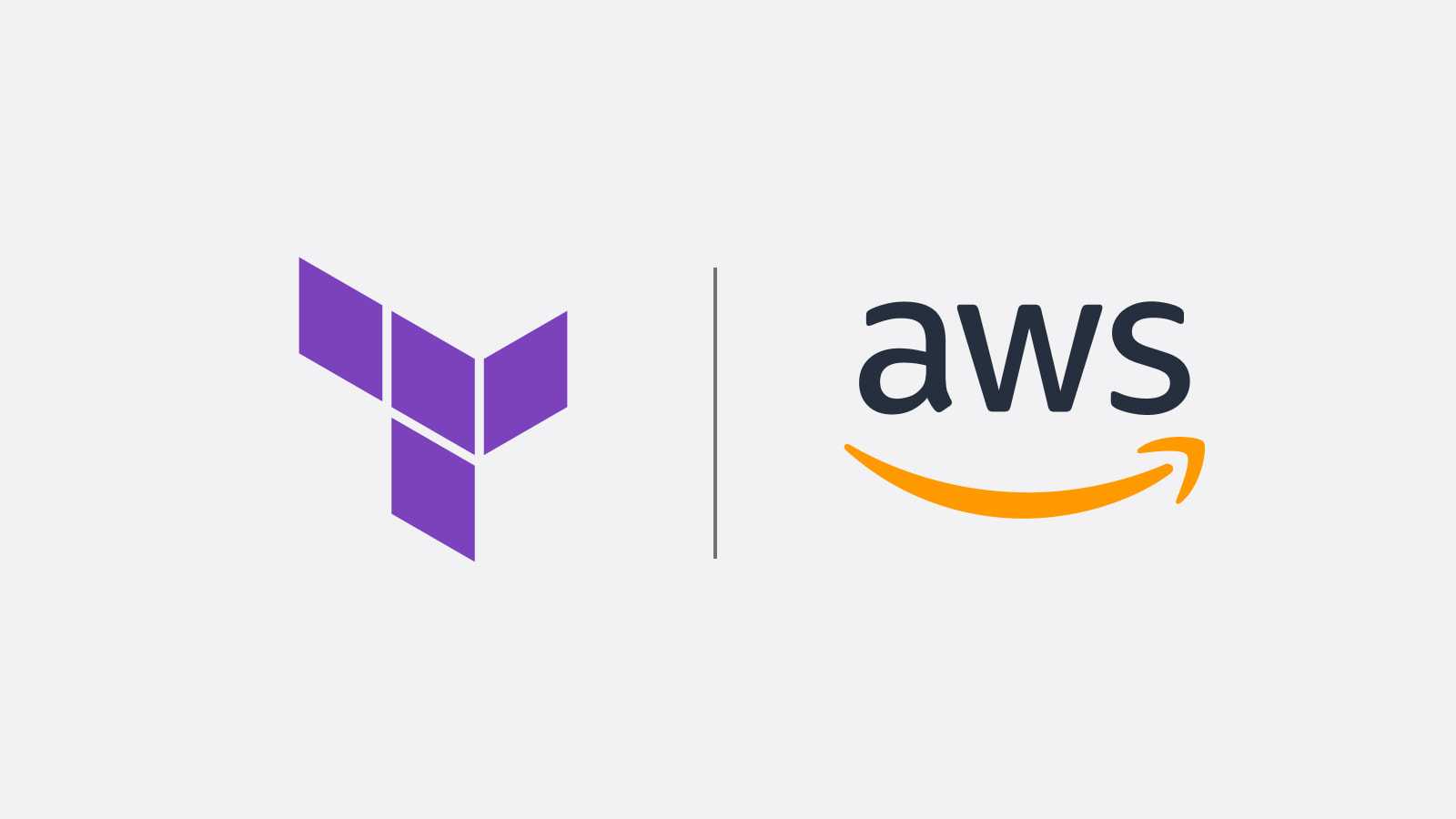In the world of modern software development, infrastructure is the backbone of innovation. Imagine being at the helm of a growing tech startup, where every second counts, and your team is racing against time to launch a product that could change the game. But there's a catch—your infrastructure is a tangled web of manual processes, outdated scripts, and scaling nightmares. Every deployment feels like a gamble, and every new feature could be the one that topples the entire system.
This was the reality for many companies not too long ago, before the advent of powerful tools like Kubernetes and Terraform. Managing complex, containerized applications was like trying to keep a house of cards from collapsing—one wrong move, and it all comes crashing down. But what if there was a way to automate these processes, making your infrastructure not just resilient, but also scalable and easy to manage?
That’s why Google engineers at 2013 pitched an idea to build an open-source container management system. That’s how Kubernetes was born by the project name “Seven of Nine” inspired by a Star Trek character. When it was ready the name changes to the Ancient greek for “helmsman” and use a “helm” with seven points for the logo in honor to the projects name.
In this blog, we’ll explain Kubernetes and what kind of projects different companies had use Kubernetes to deploy their applications.
By the end of this journey, you’ll understand the main architecture of Kubernetes in order to improve deployment. Also, you’ll have a wide view of use cases where Kubernetes can become your best friend.
What is Kubernetes?
Kubernetes, often abbreviated as K8s, is an open-source platform designed to automate the deployment, scaling, and management of containerized applications. Originally developed by Google in 2013, Kubernetes has since become the industry standard for container orchestration. It allows developers to manage complex applications efficiently by grouping containers into logical units for easy management and discovery.
Kubernetes solves a critical problem in modern software development—how to efficiently manage applications composed of hundreds or even thousands of containers. By abstracting the underlying hardware, Kubernetes makes it possible to run your applications anywhere, whether on your local machine, on-premises data centers, or in the cloud.
Kubernetes Architecture
At its core, Kubernetes is built around a cluster architecture composed of a Control Plane and a Data Plane:
- Control Plane: This is where the global decisions about the cluster are made, such as detecting and responding to events. The Control Plane includes several key components:
- Kube-API Server: Exposes the Kubernetes API.
- Etcd: A key-value store that holds all the data about the cluster.
- Scheduler: Assigns newly created pods to nodes based on their resource availability.
- Controller Manager: Ensures the desired state of the cluster is maintained.
- Cloud Controller Manager: Integrates Kubernetes with the cloud provider’s infrastructure.
- Data Plane: This is where the actual work happens, consisting of the nodes that run your application workloads. The Data Plane includes:
- Kubelet: Manages containers on each node.
- Kube-proxy: Handles networking between containers.
- Pod: The smallest and simplest Kubernetes object, representing a single instance of a running process in your cluster.
Together, these components form a powerful system that can manage applications at scale, automatically handling tasks like load balancing, scaling, and failover.

Ways to deploy Kubernetes on AWS
There are 3 ways to handle Kubernetes deployments on AWS:
- Amazon EC2: Manually using virtual machines to deploy kubernetes like in your own machine.
- Amazon EKS: Deploy kubernetes clusters without worring about infraestructure and management control plane.
- Amazon ECR: Storage, encode and manage custom container images to agile future implementation.
Kubernetes in Action: Real-World Success Stories
Kubernetes isn’t just a tool—it’s a transformative force that has redefined infrastructure management for companies across the globe. Here’s how some industry giants have leveraged Kubernetes to overcome their toughest challenges:

Spotify, launched in 2008, is a global audio-streaming platform with over 200 million monthly active users. Initially an early adopter of microservices and Docker, Spotify used a homegrown orchestration system called Helios for managing containerized microservices across its fleet of VMs. By late 2017, Spotify recognized the need for a more robust and community-supported solution.
Challenge:
- Inefficiency of Helios: The small team managing Helios faced inefficiencies compared to a larger community-driven solution.
- Scalability and Velocity: Spotify needed to enhance developer velocity and align with industry best practices.
Solution:
- Migration to Kubernetes: Spotify decided to migrate to Kubernetes, which was more feature-rich and supported by a vibrant community. The migration was planned to run in parallel with Helios to mitigate risks.
- Community Involvement: The team aimed to contribute their expertise to the Kubernetes community while benefiting from its advancements and support.
Impact:
- Operational Efficiency: The migration to Kubernetes began in late 2017 and continued into 2019. Early results include reduced manual capacity provisioning and improved feature delivery. Teams now create and operationalize new services in seconds or minutes, compared to hours with the previous system.
- Scalability and Utilization: Kubernetes’s autoscaling and bin-packing capabilities have significantly improved CPU utilization, averaging a two- to threefold increase.
- Notable Metrics: Spotify’s largest Kubernetes service handles over 10 million requests per second and benefits from Kubernetes’s scalability. Metrics such as lead time, deployment frequency, time to resolution, and operational load have shown positive impacts
Spotify's transition to Kubernetes has significantly improved their operational capabilities, efficiency, and scalability. The migration process, supported by Kubernetes’s robust community and features, has enabled Spotify to enhance its service delivery and developer productivity.

Adidas faced inefficiencies with their traditional software provisioning and development processes. Obtaining developer virtual machines was cumbersome and slow, often requiring extensive approvals and taking up to a week.
Challenge: The existing process was too slow and cumbersome, impeding development speed and productivity. Adidas sought a way to accelerate project deployment and streamline their infrastructure management.
Solution:
- Cloud Native Platform: Adidas adopted a cloud native approach that included containerization, agile development, continuous delivery, Kubernetes, and Prometheus. The goal was to improve speed, operability, and observability.
- Partnership with Giant Swarm: In early 2017, adidas engaged Giant Swarm to assist with the installation, configuration, and management of Kubernetes clusters both on AWS and on-premises. This partnership was crucial for overcoming day-two operational challenges and optimizing Kubernetes usage.
Impact:
- Deployment Speed and Efficiency: Within six months, 100% of adidas's e-commerce site was running on Kubernetes. This transition reduced the site’s load time by 50% and accelerated release cycles from every 4-6 weeks to 3-4 times a day.
- Infrastructure Scale: Adidas now operates 40% of its most critical systems on Kubernetes, with 4,000 pods, 200 nodes, and 80,000 builds per month.
Adidas's move to Kubernetes and their cloud native platform has significantly improved development speed, operational efficiency, and internal adoption. Their approach showcases how leveraging modern technologies and aligning them with company culture can lead to substantial benefits.

IBM Cloud offers a range of services including public, private, and hybrid cloud solutions, with capabilities spanning from function as a service (FaaS) to platform as a service (PaaS), and integrating various enterprise technologies and cloud-native services. In late 2017, IBM Cloud Container Registry aimed to enhance security by developing an image trust service.
Challenge: IBM wanted to implement image signing and trust mechanisms for its containerized applications. Prior to this, IBM's container registry lacked the ability to guarantee the authenticity and integrity of container images, a crucial aspect for security-conscious enterprise customers.
Solution:
- Image Trust Service (Portieris): IBM developed Portieris, an image trust service based on the CNCF's Notary project. Portieris is a Kubernetes admission controller that enforces image security policies at the namespace or cluster level. It integrates with IBM's Notary offering to verify container images.
- Notary and TUF: Notary, which implements The Update Framework (TUF), was chosen for image signing due to its compatibility with IBM's existing authentication stack and its ability to avoid the complexities of key management. It became the standard for image signing in IBM Cloud.
- Deployment: The service was made publicly available in February 2018 and deployed across five IBM Cloud regions with high availability, load balancing, and end-to-end TLS support. Portieris, open-sourced by IBM, uses Notary for image signing and security policy enforcement within Kubernetes clusters.
Impact:
- Enhanced Security: Portieris and Notary together provide a robust mechanism for image signing, ensuring that container images are verified for authenticity before deployment. This enhances the security of IBM's cloud platform and meets the needs of security-conscious customers.
- Operational Efficiency: The image trust service allows for fine-grained control of service deployment through CI/CD pipelines based on image signers, improving the security and reliability of deployments.
- Community and Open Source: IBM has contributed to the Notary project and other CNCF initiatives, supporting the open source community and promoting standardization in image signing and provenance. The company is also exploring additional CNCF projects and providing feedback to the Notary community.
IBM’s implementation of Portieris and Notary has significantly enhanced image security within its cloud services, providing a reliable and standardized solution for image signing and verification. The deployment showcases IBM’s commitment to security and contribution to the open source ecosystem, benefiting both their services and their customers.

The City of Montréal, the second-largest municipality in Canada, was managing a complex IT environment with over 1,000 applications running on various outdated systems. Their infrastructure included mainframes, multiple versions of Windows and Linux, Oracle systems, and Sun servers, some of which were developed in-house over the past 30 years.
Challenge: The city's IT architecture was outdated, with legacy systems complicating modernization efforts. The challenge was to integrate and modernize this fragmented architecture to improve efficiency and responsiveness.
Solution:
- Containerization: The city started with a small Docker farm using Rancher for container management and Jenkins for deployment. They quickly realized the need for orchestration and adopted Kubernetes to address limitations such as lack of self-healing, dynamic scaling, and resource optimization.
- Kubernetes Adoption: Kubernetes was chosen for its ability to standardize and simplify deployment processes, its flexibility across cloud providers, and its vendor neutrality. They implemented Kubernetes with an automated CI/CD solution using Helm, and integrated monitoring and logging tools like Prometheus, Fluentd, and Grafana.
Impact:
- Speed of Delivery: Time to market improved from many months to a few weeks. Deployment times decreased from months to hours.
- Resource Efficiency: Kubernetes allowed the city to run 200 application components on 8 machines instead of hundreds of virtual machines. This significant reduction in infrastructure requirements was managed by a small team of 5 people.
- Operational Efficiency: The adoption of Kubernetes streamlined deployment and management processes, enabling faster and more autonomous development cycles. The city plans to move as much as possible to Kubernetes and is working to encourage vendors to support Kubernetes for better manageability.
Kubernetes has dramatically improved the City of Montréal's IT efficiency, enabling faster deployments, better resource utilization, and a more integrated approach to managing their applications.
Conclusion
Kubernetes has revolutionized application management by automating deployment, scaling, and orchestration of containerized applications. Originating from Google in 2013, Kubernetes offers a robust solution for handling complex, large-scale applications efficiently. With its flexible deployment options on platforms like AWS and proven success in diverse case studies, Kubernetes stands out as a crucial tool for modernizing infrastructure and enhancing operational efficiency in today's competitive tech landscape.




